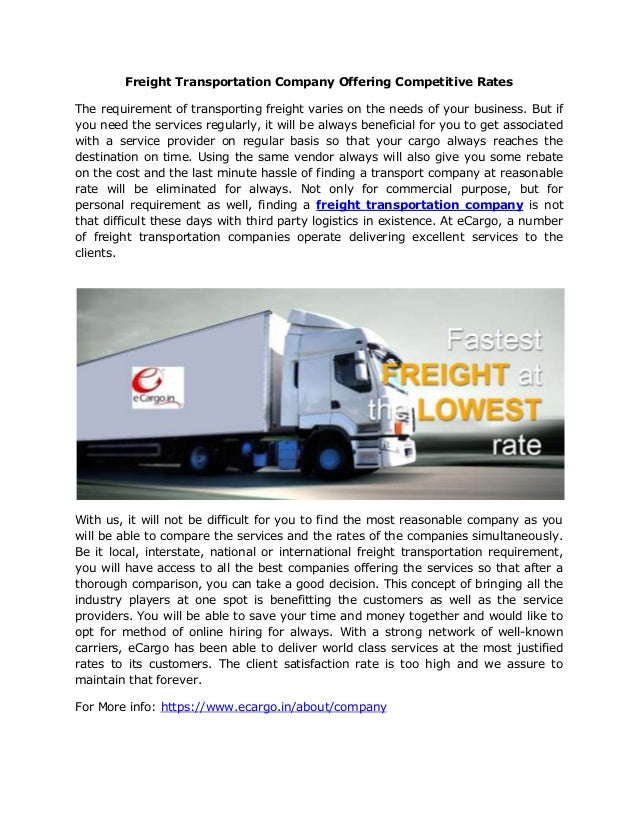

Value Violations: Offering Competitive Rates is a crucial aspect of any successful business. It’s about finding the delicate balance between attracting customers and ensuring your business remains financially viable. A poorly thought-out pricing strategy can erode your reputation and customer trust, even if your product or service is of high quality. This article explores the strategies to avoid these violations, ensuring competitive rates while maintaining profitability and customer satisfaction. We’ll discuss crucial elements such as market analysis, competitor pricing, and adjusting your pricing models effectively. The structure of this article will cover defining Value Violations, identifying common pitfalls, analyzing competitor strategies, implementing effective pricing models, and maintaining transparency with customers.
Defining Value Violations: Offering Competitive Rates
Understanding the Concept of Value Violations
Value violations in competitive pricing occur when a company offers rates that, while seeming competitive, undermine the perceived value of its products or services. This can manifest in various ways, including undercutting prices without considering the associated costs, neglecting to account for factors like quality, service, and brand value, or simply failing to clearly articulate the value proposition to customers. In essence, value violations happen when the price doesn’t align with the perceived customer value. It’s about more than just matching the lowest price; it’s about offering compelling value in comparison. A common example is offering a highly discounted price for a product but skimping on the materials or customer service, leading to dissatisfaction and ultimately losing potential long-term profits.
The Importance of Value Alignment
Maintaining a proper balance between price and perceived value is essential for long-term business success. This alignment fosters customer trust, loyalty, and ultimately, profitability. Companies that consistently offer products or services exceeding the perceived value at competitive rates often see higher customer retention and improved brand image. The goal is to create a pricing strategy that resonates with customers, and provides a clear value proposition that aligns with the product or service offered.
Identifying Common Pitfalls in Competitive Pricing
Ignoring Cost Analysis
Often, businesses focus solely on matching or beating competitor prices without considering their own costs. This short-sighted approach can lead to unsustainable pricing models and profitability issues. It’s crucial to thoroughly analyze all costs associated with producing, marketing, and delivering a product or service. These include raw materials, labor costs, overhead expenses, marketing expenses, and customer service.
Neglecting Product Differentiation
Even with strong cost analysis, ignoring product differentiation can result in pricing issues. A product with superior quality or unique features can command a higher price point. Focus on the value aspects of your product, highlighting unique selling points to justify a premium price compared to competitors. This clear communication of value is essential to avoid being perceived as simply the cheapest option, possibly at the expense of your own margins.
Analyzing Competitor Pricing Strategies
Market Research and Competitor Benchmarking
Effective competitive pricing requires understanding the current market landscape. Conduct thorough research to gain insights into competitor pricing strategies. This involves analyzing their offerings, pricing models, and marketing strategies. Assess factors such as the pricing models used by key competitors—per unit, per subscription, or other schemes—as well as the associated bundles offered. This will enable an informed understanding of the competitive environment.
Identifying Value Differences
Look beyond just price. Assess the perceived value of competitors’ offerings to determine what differentiates their products or services in terms of quality, features, or customer support. Identifying value differences helps in differentiating your own pricing strategy to reflect the distinct value proposition your company provides.
Implementing Effective Pricing Models
Value-Based Pricing
Value-based pricing is a key strategy for businesses offering competitive rates that focus on customers’ perceptions of value. Price your products or services based on the benefits they offer customers. If your product or service provides unique advantages, customers are more likely to pay a higher price. This aligns pricing with the actual customer value perceived.
Tiered Pricing Models
Consider offering tiered pricing models, which allow customers to choose packages based on their specific needs and budgets. This caters to diverse requirements and provides multiple perceived value options. You should align the tiers with different benefits and features, clearly communicating the value associated with each tier.
Maintaining Transparency and Communication
Clear Value Proposition
Establish a clear value proposition that communicates the unique advantages of your products or services. Customers should understand the reasoning behind the pricing structure and recognize the value they receive in relation to the cost. Articulate the value delivered in each tier to avoid any perceived price discrepancies.
Open Communication
Maintain open communication with customers regarding pricing. Explain your pricing rationale transparently and address any concerns or questions. Transparency will build trust and help avoid misunderstandings about value.
Frequently Asked Questions
What are the key strategies to avoid Value Violations in competitive pricing?
One key strategy is meticulous cost analysis, coupled with identifying unique selling points to justify your pricing. Remember to research competitors to understand their pricing strategies, but don’t blindly follow the lowest price. A well-executed strategy involves calculating your costs precisely to ascertain how to achieve profitability. The analysis helps decide where value lies and justifies pricing that is fair for your clients and still profitable for your company.
How do I ensure customers perceive value even if my rates are competitive?
To ensure customers perceive value, thoroughly examine your value proposition. Highlight unique aspects of your products or services, such as superior quality, exceptional customer support, or innovative features. Provide clear communication about the value delivered at different pricing tiers. Transparent pricing structures and readily available support will bolster customer perceptions of value. By demonstrating superior value, you’ll attract customers looking for high-quality service or products.
How can I implement a tiered pricing model effectively?
To effectively implement a tiered pricing model, thoroughly research market rates. Align each tier with different features and benefits. Clearly define each tier and its associated advantages. Detailed comparisons in a table format, highlighting the added features in each tier, can be helpful to avoid any confusion or misinterpretations. Offer clear and concise summaries of features within each tier, helping customers understand the pricing.
In conclusion, understanding Value Violations: Offering Competitive Rates is crucial for businesses seeking sustainable growth and customer satisfaction. By analyzing competitor pricing strategies, proactively adjusting your pricing models, and maintaining transparent communication with customers, businesses can ensure fair and competitive rates without compromising quality. This strategy not only safeguards your bottom line but also builds trust and loyalty with your clientele. For further support, consider consulting industry experts or exploring pricing optimization tools. Ultimately, this ensures your pricing aligns with market value, driving profitability while maintaining customer trust.